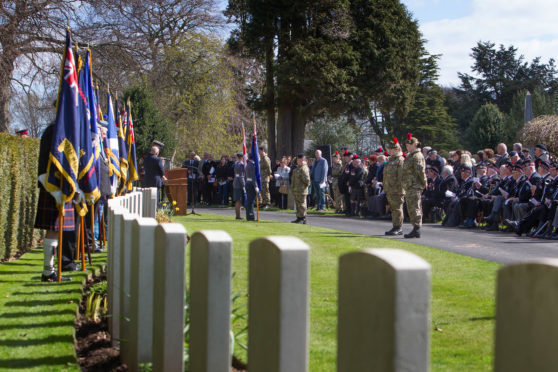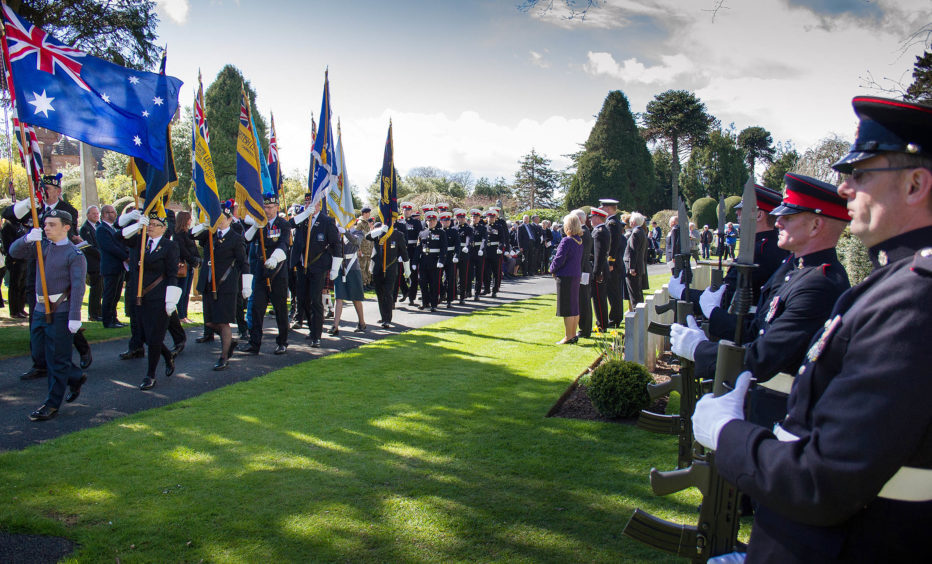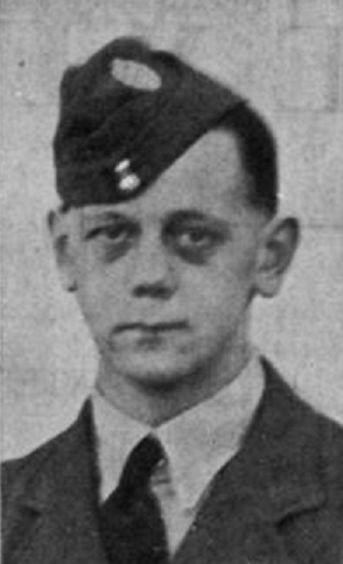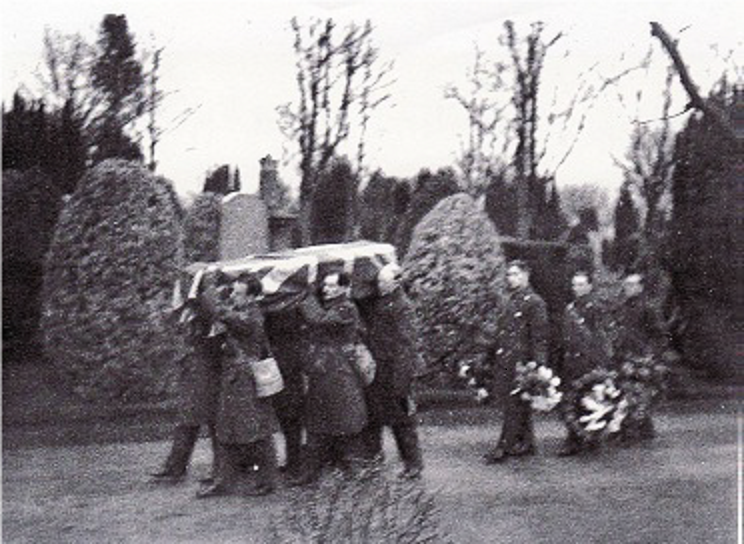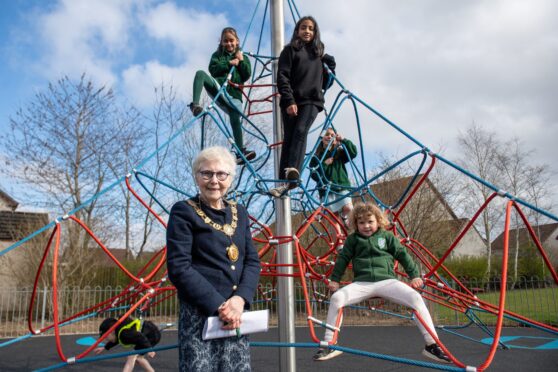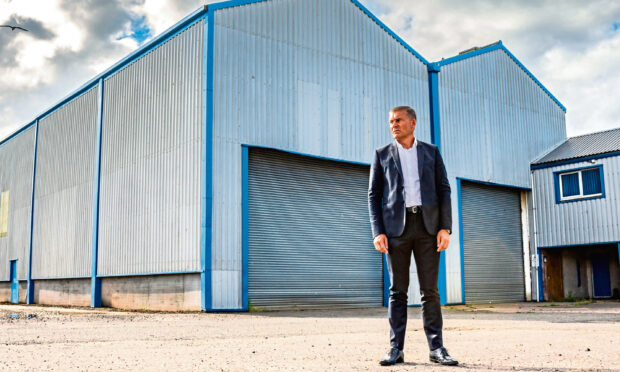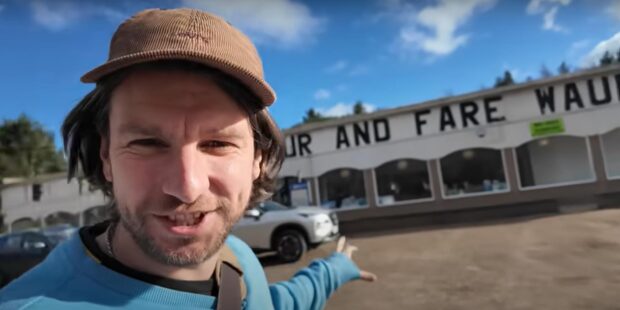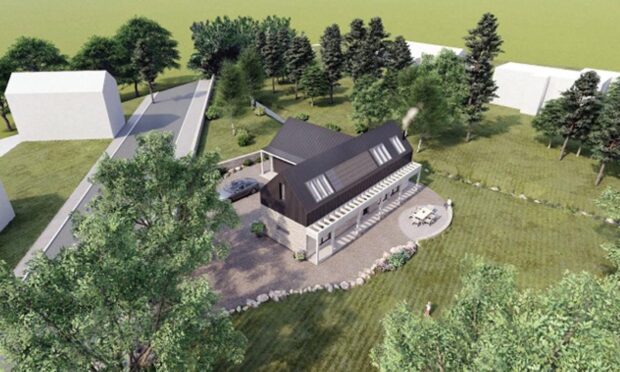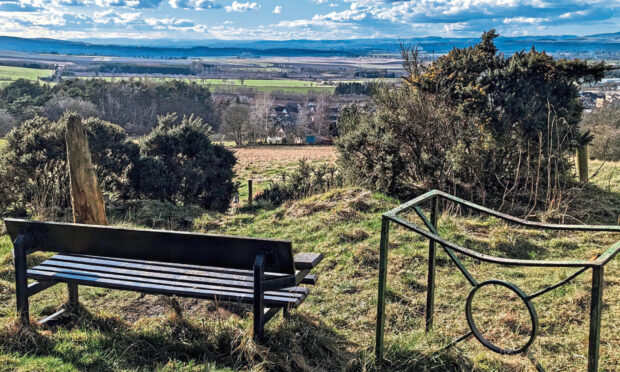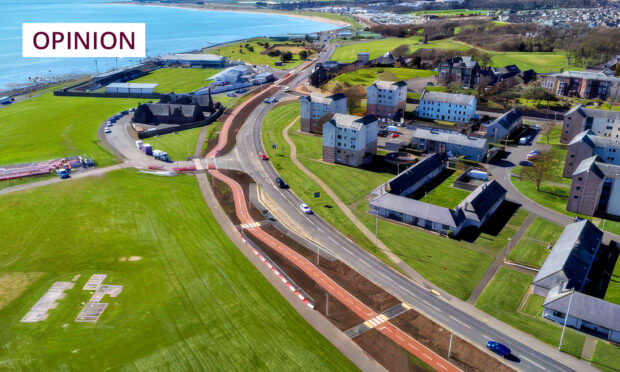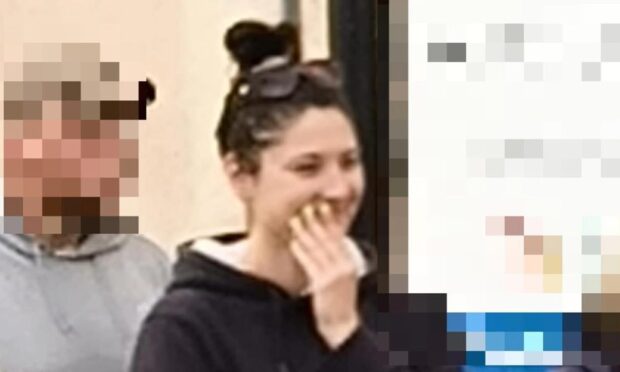Angus will again take its place at the centre of Scotland’s ANZAC remembrance this month with a particular poignancy around the commemorations in a county cemetery.
On Saturday April 28, Arbroath’s Western cemetery will be the setting for the annual ceremony honouring the fallen from Australia and New Zealand in conflicts around the globe.
The Angus service takes place alongside the graves of four Second World War New Zealand airmen who perished while stationed locally and, on the 21st anniversary of the area’s first ANZAC ceremony, the man who founded it will be returning to participate in the programme.
The New Zealand Society Scotland and British Legion Arbroath branch organise the event, and alongside service representatives and many dignitaries, will be welcoming back Kiwi Peter Leslie.
The founding chairman of the New Zealand Society Scotland, Mr Leslie began the ANZAC commemoration in Forfar, before it moved to Arbroath to be held at the graves of the airmen who had been based at Condor, on the edge of the town.
The Angus ANZAC commemoration began in Forfar, but moved to Arbroath when Mr Leslie learned of the graves of his four countrymen there.
Brian Patterson from New Zealand’s North Island died in a plane collision 600 feet above the Angus town, less than a year after leaving his rural home to be trained for the Fleet Air Arm,
Jim Drake — the third child of a Gallipoli veteran — crashed his Spitfire on a training flight near Barry.
Richard Chettle volunteered for the Royal NZ Air Force in 1940 but also perished in an Angus training exercise.
Also laid to rest at Arbroath is Frederick Batten, an experienced flyer who trained in the US before completing a number of operational missions, only to die in a non-operational flight.
Among the civic dignitaries at the ceremony will be the Lord Lieutenant of Angus, Mrs Georgiana Osborne, herself New Zealand-born.
Mrs Osborne said: “This service is always very moving and one of the few held in Scotland.
“It is a poignant occasion and we would welcome attendance by anyone who wishes to pay their respects.
The service takes place on Sunday April 28 at 11.15, for an 11.30am start.
Anzac commemorations are traditionally held on the nearest Sunday to the anniversary of the 1915 Gallipoli campaign, when the Australian and New Zealand Army Corps suffered an appalling loss of life after the Turkish landings.
Also known as the Dardanelles campaign, the near year-long conflict cost an estimated 100,000 lives, more than 10,000 of those ANZAC personnel.
Airman’s final resting place far from home
One personal story of tragedy among the countless thousands connected to the ANZAC commemorations has been shared ahead of the Angus ceremony.
New Zealand airman Jack Burrall Courtis was laid to rest at Sleepyhillock Cemetery, on the edge of Montrose after a fateful flight in late 1940.
A South Islander from Invercargill, Courtis volunteered for the RNZAF at the outbreak of war and reported to the Ground Training School at Weraroa in November 1939.
During training he was injured in a forced-landing, but completed the course and sailed for the UK on the RMS Rangitane.
Courtis went to No 1 RAF Depot Uxbridge and was posted from there to 6 OTU Sutton Bridge in September 1940. After converting to Hurricanes he joined 111 Squadron.
Angus ANZAC commemorations founder Peter Leslie said: “For a period late in 1940, 111 Squadron RAF was tasked with defending Aberdeenshire from Luftwaffe attacks.
“While based at Dyce a group of 111 Squadron pilots were deciding who would deliver a Hurricane fighter south to East Fortune, near Edinburgh.”
Mr Leslie added: “In the time honoured way, he who pulled the short straw would be the pilot.
“While the weather was not good it was wartime and chances were taken as the Hurricane was needed elsewhere.”
The mission on December 5 1940 saw Courtis meet his death in the Grampians when his Hurricane P3470 crashed north east of Edzell.
The Montrose funeral party included three fellow New Zealanders from 111 Squadron who walked behind Courtis’ coffin at Sleepyhillock.
“He was one of the Few,” said Mr Leslie.
“For 21 years, New Zealanders, Australians, and those with connections with the antipodes, gather to remember those from down-under that have made the ultimate sacrifice and those who returned from conflict.
“Recent conflicts are not forgotten including casualties from both countries in Afghanistan.”
“This year’s ANZAC address will focus on the impact conflict has had on loved ones who received that dreaded telegram or knock at the door.”
